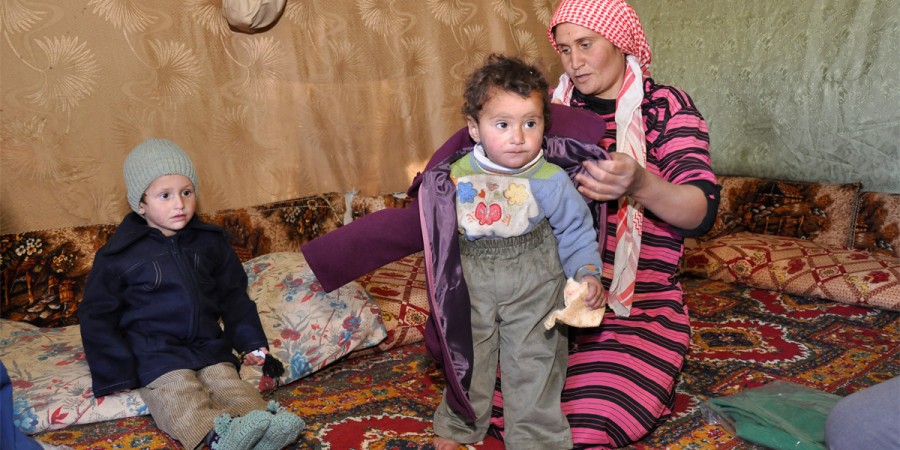In recent years, prolonged humanitarian responses, like the Syrian refugee crisis, have become more commonplace due to increasingly protracted conflicts and the growing effects of climate change. Entering an era of larger and more complex emergencies, there is a growing number and diversity of actors than ever before. The sector has learned that sustained involvement of these longer-term responses requires more active engagement of local civil society groups, which are actively engaged within affected communities. Private actors and non-state donors, including philanthropy, also need to change to ensure that their response to the growing challenges reflects the structural evolution of the disaster relief and recovery sector.
While philanthropy recognizes its contribution is equivalent to only 1% of the support provided by bi- and multilateral organization’s humanitarian response, we believe that we can still play a vital role. We have the potential to fill strategic gaps, be more flexible, and provide readily-available resources. We can partner with these entities to maximize the impact of limited dollars and growing needs thereby facilitating a more effective and comprehensive response.
As well as maximizing the potential value of their financial support, private actors – and the private sector in general – are diversifying the range of support they offer, beyond general financial assistance to include new and often innovative forms of in-kind support to fill programmatic gaps. This includes being able to find corresponding interventions, such the convening of complimentary partners, providing flexible funding for piloting outreach programs, and other innovative projects such as mapping technologies that inform information flows and advocacy.
In short, philanthropic funding can support best practices as they relate to serving the needs of people affected by these increasingly protracted crises. We can also play a stronger role in increasing awareness and advocating for more support to the sector as a whole.
At the World Humanitarian Summit, we look forward to discussing with other participants – including our peers in the philanthropic and private sectors, as well as stakeholders within the larger humanitarian sector – how we can collaborate to put bold ideas into practice and help to alleviate suffering as a result of humanitarian calamities.
It is our hope to see several direct outcomes from the Summit including:
– Humanitarian System Reform – Structuralizing the idea of “localization” and the calls for strengthening the role and localized capacities of national and local NGOs to be better appreciated and supported
– Practical collaborations – Closing the rhetoric-reality gap among stakeholders within the sector
– Actualization of “leave no one behind” – Bridging the humanitarian-development divide is not only a key part of resilience-building, but essential if we are to fully achieve the Sustainable Development Goals. We must join other stakeholders in a Grand Bargain to ensure that committed resources are more flexible and mutually reinforcing.
I am hopeful that the diverse actors that have been engaged in the process leading up to the Summit will commit their resources and political will to rise to and meet these challenges.
NB: This blog is part of the promotion of the WHS Side Event “The Future of Philanthropy in Humanitarian Action”, hosted by Sustainable Development Goals (SDG) Philanthropy Platform, the Humanitarian Forum, the World Congress of Muslim Philanthropists, and the Government of Romania in Istanbul on 23-24 May, 2016.


Comments